Artificial Intelligence in Agriculture: Farming for the 21st Century
AI and agriculture are becoming inextricably linked as we move into a new technological age of machine learning.
It offers new and exciting possibilities from everything to seed germination, to maintaining the crop integrity, to the actual harvesting process.
In this article we’ll examine many of the ways in which these new forms of machine learning agritech solutions are boosting the food production sector not only in the West, but around the world.

How AI Can Feed the World
The UN has estimated that by 2050 the global population will have swelled to over 9.7 billion people – that’s a lot of hungry mouths to feed!
…by 2050 the global population will have swelled to over 9.7 billion people – that’s a lot of hungry mouths to feed!
By that year there will be many more people, however the acreage of farming land will have only increased by a miniscule 4%.
The answer therefore is not to expand farmland to grow crops and raise livestock, but to make more efficient use of the land currently available.
Using The Past To Tell The Future
We can look to the past and see that about 70 years ago the ‘Green Revolution’ began which brought about improved irrigation, methods of mechanization of farmland, and new types of manmade fertilizers.All of these factors combined boosted food production greatly, and it is estimated that around 1bn people globally were saved from starvation.
This kind of rapid development brought many benefits like higher yields, however there were also many negative factors. Pesticide use, chemical fertilizer overuse and a reduction in the biodiversity of flora and fauna happened where farms were established.
Combined, these methods have pumped huge amounts of poison into the streams and rivers of our planet, and also depleted the natural fertilizing ability of the soil.
’It was never meant to be used in the long term’’.
A change must occur if we are to continue to be stable and sufficient in our food production.
Currently, 20% of the population of our world is employed in the agribusiness, a three trillion dollar industry.
But how do we go about this transformation?
The answer can be found in the meeting of worlds between AI and agriculture.
Let’s take a look at many of the ways in which AI is improving the state of agriculture in both the developing world as well as the Western nations who already have a head start.
Artificially Intelligent Seed Selection
If we’re going to have the best crops, then it all comes down to the genetics of the seeds we plant. Monsanto is now using AI to scan the DNA sequences of seeds which have the most desirable characteristics.No more will farmers have to invest time and energy into making cross-mutations of seeds, as there are computer programs which now can perform this analysis for them.
Seeds themselves have a germination rate, or ‘seed dormancy’ which means that they will only germinate and begin to grow if certain conditions are met.
Researchers can use AI to find out the perfect conditions for seed germination such as heat and moisture levels, to enable the crop to begin growing sooner than expected.
This cuts down on waiting time and could enable year-round planting.
Novel applications of image analysis supported by machine learning, coupled with automated control of mobile imaging can test the phenotypes of seeds to determine which are the best ones to use.
An example of this can be found with the SeedGerm technology which already use this for testing crops such as tomatoes and corn.
Soil Management Through AI Feedback
Soil nutrition also comes into play when trying to grow crops around the world. Deep-learning is being brought to the forefront here with special algorithms that can help to monitor the health of the soil before planting and also during the growth process.Degradation and erosion of soil is another factor, but both can be solved with AI just as PEAT has done in Germany.
They have developed Plantix which can analyze soil deficiencies.
Coupled with visual perception from drones they can detect certain areas of crop which are likely to be growing in defected soil, or suffering from disease and pests.
It does this by imaging foliage which then is run through a software which can distinguish between normal and unhealthy growth patterns.
What’s more, the software then suggests ways to rectify the problem to the farmer.
CropDiagnosis is another similar application, which can scan a whole field with drone technology and assesses irrigation and nitrogen levels in the soil.
In the USA, Trace Genomics is also following in their footsteps with AI based technology concerning soil weakness and crop defects.
Managing Irrigation and Water Usage with AI
Plants need a continuous water supply if they are to grow properly, and in areas of the world where rain and fresh water is scarce or unreliable, growing crops is especially difficult. Just like your garden sprinklers can be set to a timer, modern AI methods of irrigation go one step further.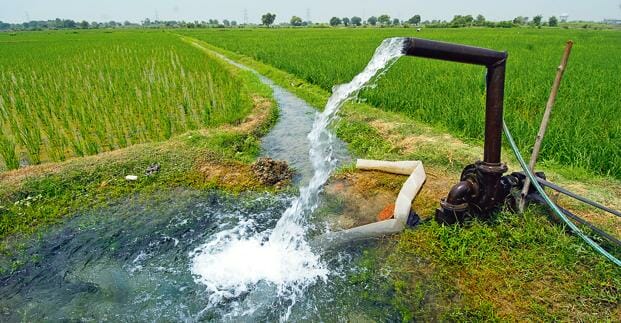
They can keep track of the moisture levels in the soil through machine learning in agricultural settings in real-time to know exactly when to provide water to crops, and how much too to save water consumption.
This means that farmers have more time to do important tasks and not have to worry about manually watering their crops.
It is estimated that about 70% of the freshwater supply on earth is used on agricultural practices, so managing this more effectively will have a knock-on effect on how this precious resource is used.
Image-Based Solutions to Nutrient & Fertilizer Usage
Soil in itself does not always provide the best nutrition for crops, and farmers regularly have to rotate fields. In the past, manure was used as the main fertilizer for plants, however the modern age has brought a plethora of new and innovative fertilizing solutions.Farmers spend a great deal of time in the fields providing their crops with essential nutrition in the form of nitrogen fertilizer, however AI has now become a major player here.
Not only can modern AI solutions detect how much fertilizer will be needed to cut down on wastage, but there is also hardware available to assist with the delivery process. One such solution is Rowbot.
This is an image-based machine which collects plant data during growth to only deliver fertilizer to the crops that need it the most, increasing the yield of what would otherwise have been a low harvest.
Plantect developed by Bosch is another clever bit of AI kit which can assist in everything from determining correct levels of sunlight and humidity to monitoring everything seamlessly and working in conjunction with the IoT.
AI Can Predict Weather Conditions
From soggy England to sunbaked California to drought-stricken Somalia, weather conditions hugely affect the growth of crops.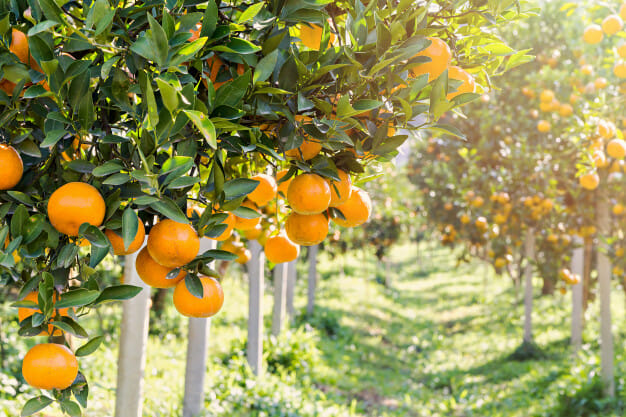
single season of no rain means that thousands of people can starve in a matter of months. However, AI can now be utilized with special algorithms concerning machine learning – coupled with satellite information – to make sure crops don’t fail no matter the weather.
A US company, aWhere, is now making use of such AI technology to predict weather patterns – enabling farmers to take the right steps ahead of time.
It measures everything from solar radiation, to precipitation, temperature speculations and windspeed to provide accurate data concerning potential crop growth and yields.
For example, if you know that a large amount of rainfall is due in two days’ time, you don’t need to use up your costly water supply via irrigation.
Or if you know that the next few days are going to bring intense heat, then you can make sure that the crop is watered early in the morning to prepare the plants for the temperature rise and reduce evaporation from the soil.
Both of these can be programmed into AI machine solutions for agritech which take the actions for you in advance, when software and hardware are brought together.
Innovative Machine Vision To Identify Crop Issues
Once the crops are growing, there is an essential need to protect their growth from diseases and pest infestation which may befall them. Here too, AI can provide a helping hand.Not only can you grow crops in greenhouses where machinery and conditions are controlled by AI, but outdoor crops too can also benefit from a technological input.
A multinational agribusiness, John Deere, has now acquired Blue River Technology as part of its AI arsenal.
Together they have developed a ‘See & Spray’ method which uses AI machine learning combined with computer vision to seek out weeds in the field which affect crop growth and subsequently remove them.
…a ‘See & Spray’ method which uses AI machine learning combined with computer vision to seek out weeds in the field which affect crop growth and subsequently remove them.
A spokesman from the company, John May says: ‘’Machine learning is an important capability for Deere’s future’’ and that it ‘’recognizes the importance of technology to our customers’’.
This method that they have developed means that instead of spraying the whole crop at a large cost and with added health implications, they can now target specific weeds and improve the yield of crops.

Monitoring Weed and Pest Problems With AI Tech
AI sensors are now being developed too which use image sensing to detect features of diseases in plant leaves. This has to do with color imaging through AI machines which are able to distinguish between healthy and diseased leaves, and subsequently remove them through integration with robotics.The same kind of technology is being used by Microsoft developers who have collaborated on a pest prediction interface which identifies insects that destroy crops. In a short amount of time, this could be rolled out to include actual remote machine vision for diagnosing and eradicating pests.
Up to 80% of chemical usage can be reduced by this technique, and money spent on herbicides drops by 90%.
Weed control is of high importance to farmers, as there are around 250 species which are now resistant to our modern herbicides, and over $40bn is lost each year due to weed growth on soybean and corn crops alone.
Predicting The Correct Time To Harvest
Farmers themselves for centuries have decided on the best time to harvest, taking into consideration factors such as weather conditions and the overall condition of the crop.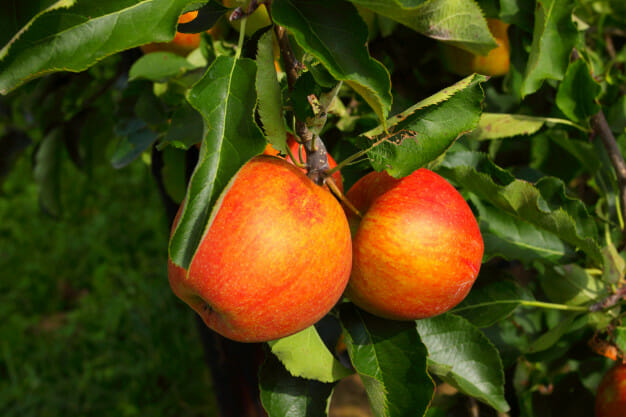
AI now brings a new element to deciding whether a crop is ready to be picked thanks to imaging technology feeding back to remote learning software.
This technology can analyze fruit ripeness with white and UVA type lights, which means farmers can choose to only pick the ripest fruits or vegetables, and leave the other unripe fruits a little while longer.
This can be done on a small scale in a greenhouse, or on a much larger scale with the use of copters and drones which build a map of field management as a whole.
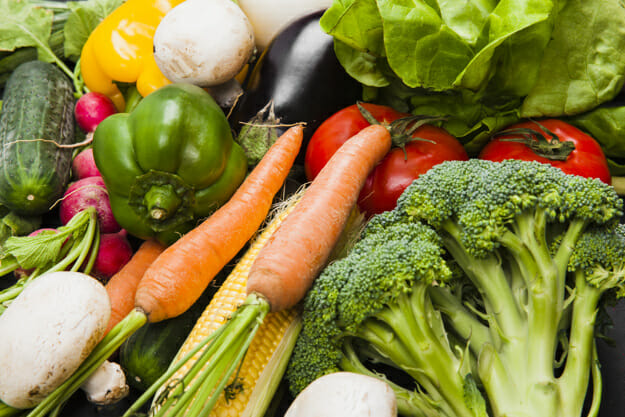
Robotic Harvesting Methods
Now let’s look at how the food is picked. There is a decline in the number of farm workers who don’t want to do the often repetitive, seasonal-only work of picking fruit and vegetables day after day – 6% is projected between 2014 and 2024.This already displays itself in the fact that ripe fruit is often left unpicked due to worker shortages which means lost profits.
Around 40% of a farm’s profits, depending on the nature of the agribusiness, are spent on manual labor and salaries.
AI can reduce that amount dramatically, as once machines are purchased, they pay for themselves over time.
Just two examples of machine harvesting comes from Harvest CROO Robotics which has created hardware which picks ripe strawberries, and Abundant Technologies who have machinery which can harvest orchards of apple trees.
This type of AI couples perception and action, so the autonomous machines can see what needs to be harvested, then proceeds to carry out the action of harvesting.
Farm Machines To Receive AI Upgrades
Modern agriculture more often than not employs a wide variety of machinery to keep things efficient.
From tractors and harvesters to quad bikes and delivery trucks, machines are an essential part of farming, but breakdowns and ongoing maintenance are a serious but often overlooked issue that impacts profits.
Regular road vehicles such as cars are now being built with an extraordinary array of electronics which provides feedback on everything from tire pressure to oil levels.
Farming machinery of the future is also being built with the same kind of advanced monitoring systems.
Rather than waiting for a tractor to breakdown in a field, the farmer can be warned of any issues in advance. Combined with the IoT these items could be pre-ordered and delivered before the problem even materializes.
The Rise of the AI Drone
Looking ahead, drones are already being used in many ways, and all it takes for off-the-shelf models to be adapted to farming is the integration of hardware and software which provides an added purpose to these flying machines.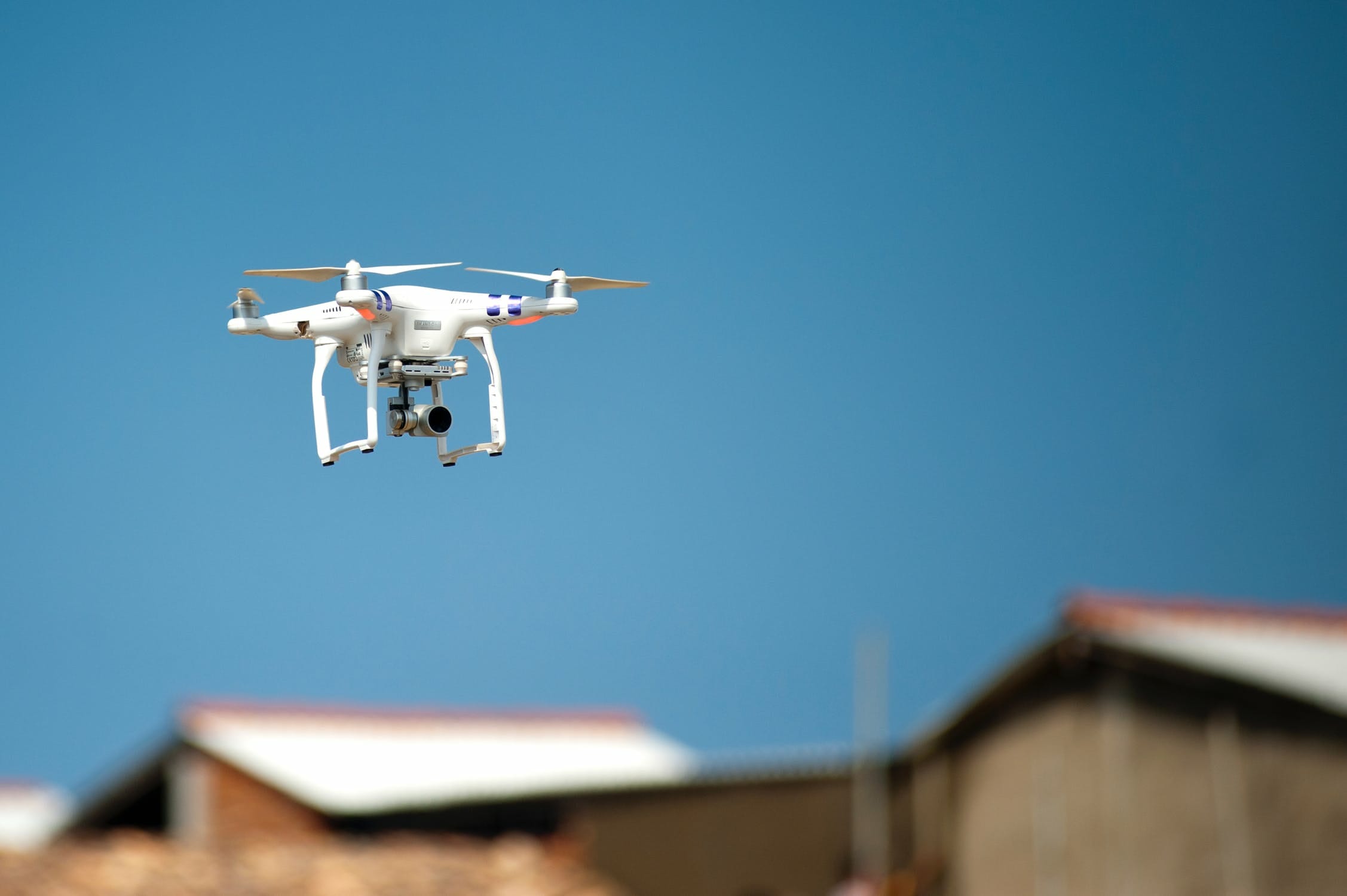
Clever cameras such as those used by VineView can be used at a distance to provide feedback and information to the farmer – from stunted crop growth and lack of water to soil conditions and pest or disease monitoring.
No longer does the farmer of the future have to walk miles through their crops and around their farmland to assess the status of it – not when a drone fly-by of the areas of concern can be done in a matter of minutes.
The market share for agricultural drones is estimated to be nearly half a billion by the year 2027.
Driverless tractors are also set to become a reality, programmed to drive at certain speeds whilst performing a set task in an effective way without the guidance of a physically present human.
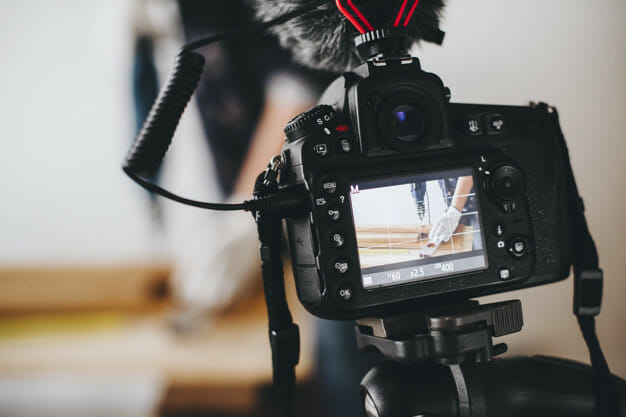
Cloud Shared Information from Databases Can Assist Farmers
Away from the field itself, AI could become a farmer’s best friend thanks to an ‘Alexa’ type system which provides solutions to all of the farmer’s problems.Knowledge databases surrounding farming could be built which allows them to ask questions about everything from animal illness to soil quality, which they can implement on their own.
Such a base would learn correct solutions and answers to their problems which can then be shared effectively with others in the business.
Data sharing will no doubt be of huge importance when farming becomes largely automated. Data is needed to train systems, and data for algorithms especially concerning AI is immensely valuable.
The Agricultural Data Coalition has been formed in recent years to assist farmers with their information and data processing techniques, so that everyone from researchers to farm owners to crop buyers and insurance companies can work together to provide increased yields leading to increased profits for all.
Overall Yield Boosting Thanks To AI Techniques
The ultimate goal of utilizing AI in agriculture is to boost the crop yield per square foot.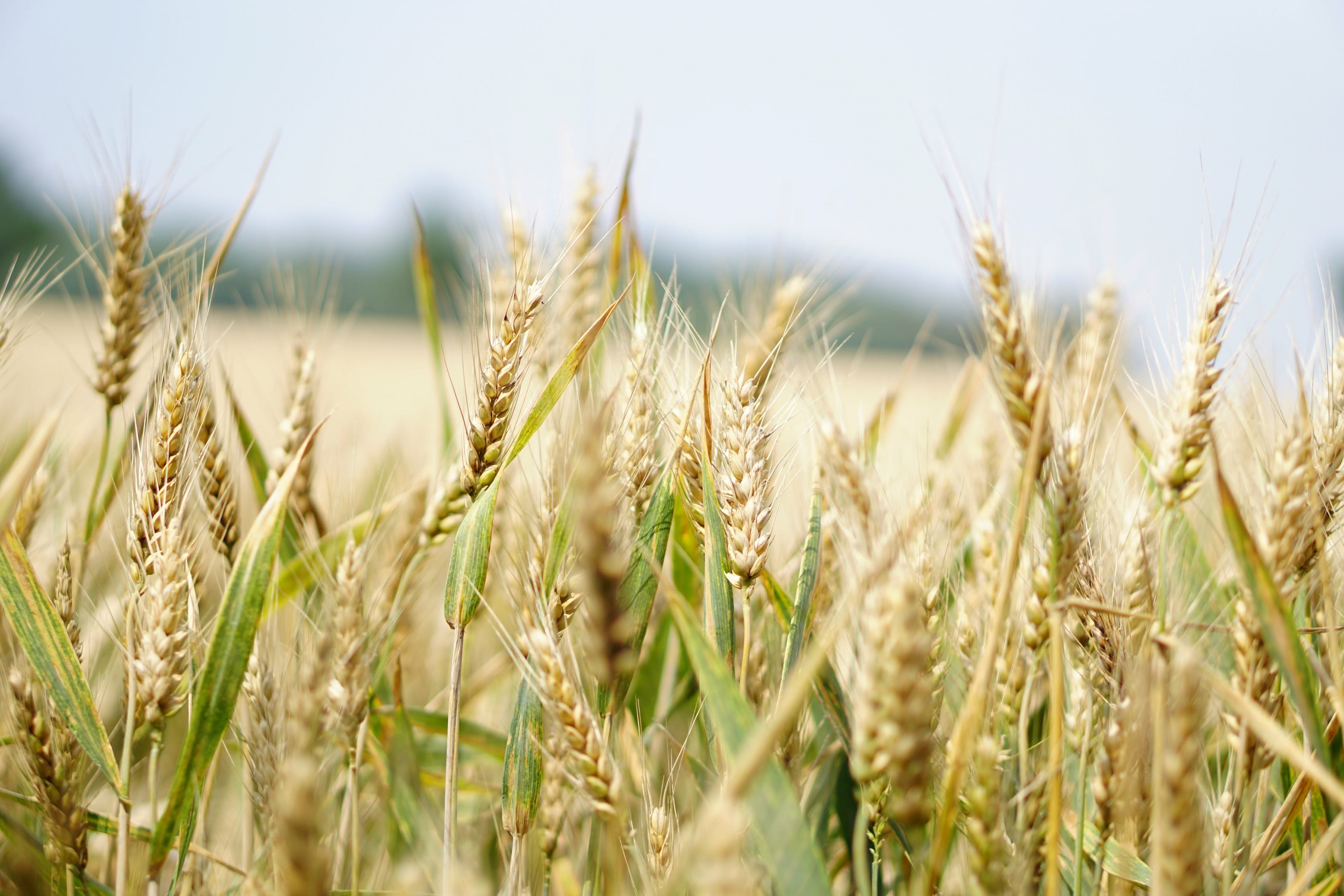
This is done mainly by algorithms which mimic human cognition, bringing machine learning in agriculture to the forefront when it comes to analyzing big data – and using that to make effective decisions.
These mathematical artificially intelligent formulas can assist with crop yield boosting by deciding on the best course of action for a crop from seed planting to harvest.
Techniques of AI solutions in the agriculture industry that can be used are numerous and have virtually unlimited potential. There are the agricultural sensors which can see patterns, recognize speech commands and operate visual perception abilities to gather the data needed.
Information management systems control the data collected and allow AI software to make decisions based on deep-learning techniques and machine learning through predictive analytics.
This data can then be used with hardware made specifically for agribusiness such as automatic drones and self-driving vehicles.
These make the most of the data collected to provide the best possible service to the farmer.
For AI solutions in the agriculture industry to take off in this realm, there is going to be a strong need for integration many aspects of artificial intelligence in agricultural practices.
